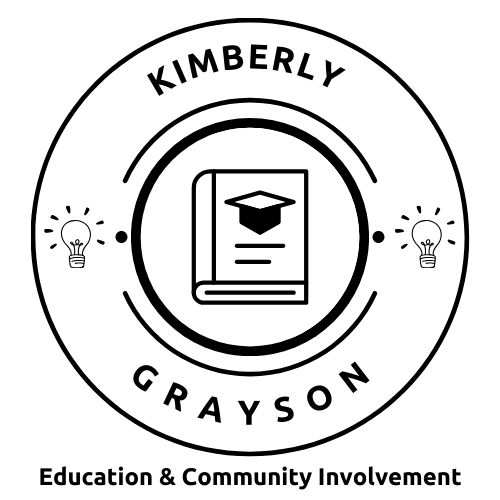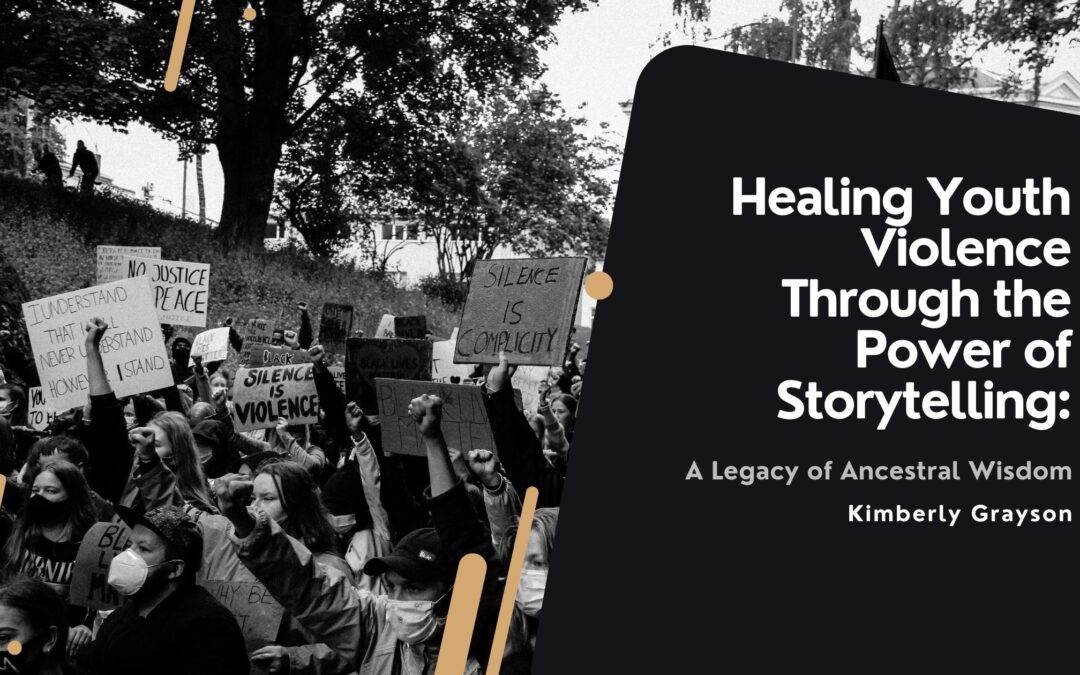Youth violence is a pressing issue that affects communities worldwide, with detrimental effects on individuals and society as a whole. While various factors contribute to the occurrence of youth violence, one crucial aspect that often goes overlooked is mental health. Recognizing the significance of mental well-being in preventing youth violence is essential for implementing effective strategies to address this complex issue. Storytelling, a tradition deeply rooted in the ancestry of Black people, offers a powerful means of healing and preventing violence, bridging the past with the present in ways that promote resilience and understanding.
Understanding the Link Between Mental Health and Youth Violence
Research consistently highlights the interconnection between mental health issues and violent behavior among young people. Adolescents experiencing mental health disorders such as depression, anxiety, and post-traumatic stress disorder (PTSD) are at a higher risk of engaging in violent acts. Additionally, substance abuse disorders often co-occur with mental health issues, further exacerbating the likelihood of violent behavior. Understanding these correlations underscores the importance of prioritizing mental health support as a key component of youth violence prevention efforts.
The Healing Power of Storytelling
Storytelling is a time-honored tradition within Black communities, serving as a vital tool for preserving history, imparting wisdom, and fostering community bonds. From the griots of West Africa to the oral traditions passed down through generations of African American families, storytelling has always been a means of connecting individuals to their roots and each other. This cultural practice can play a crucial role in addressing youth violence by promoting mental health and healing.
Early Intervention and Prevention Through Storytelling
Early intervention plays a critical role in preventing youth violence by addressing mental health concerns before they escalate into violent behavior. Incorporating storytelling into school-based mental health programs, counseling services, and community activities can provide young people with a sense of identity and belonging. Through stories, they can learn coping mechanisms, emotional regulation skills, and resilience. By sharing tales of overcoming adversity, youth can find inspiration and strength to navigate their challenges constructively.
Creating Supportive Environments with Storytelling
Creating supportive environments is essential for promoting positive mental health outcomes and reducing the likelihood of youth violence. Schools, families, and communities play pivotal roles in fostering nurturing environments where young people feel valued, supported, and understood. Implementing storytelling circles, cultural workshops, and community gatherings where stories are shared can promote inclusivity and acceptance. These safe spaces allow for expression and understanding, prioritizing mental well-being and discouraging violent behavior.
Breaking the Stigma Surrounding Mental Health Through Stories
One significant barrier to accessing mental health support is the pervasive stigma surrounding mental illness. Negative stereotypes and misconceptions often prevent young people from seeking help or disclosing their struggles openly. Community-wide efforts to challenge stigma, raise awareness about mental health, and promote acceptance are essential for creating a culture where seeking support for mental health concerns is normalized and encouraged. Sharing personal stories of mental health struggles and triumphs can demystify mental illness and encourage open dialogue.
Integration of Storytelling into Mental Health and Violence Prevention Programs
To effectively address youth violence, storytelling can be integrated into mental health services and violence prevention programs. Collaborative initiatives that combine storytelling with mental health support and violence prevention strategies, such as mentoring programs, peer support groups, and trauma-informed care, have shown promising results. These initiatives create a holistic approach to reducing violent behavior and improving mental well-being among young people.
The role of mental health support in youth violence prevention cannot be overstated. Storytelling, as a rich cultural heritage, offers a unique and powerful tool in this effort. By prioritizing mental well-being and leveraging the healing power of stories, we can nurture healthy, resilient, and thriving communities. For Black youth, storytelling reconnects them to their ancestral wisdom, empowering them to overcome challenges and build a future filled with hope and possibility.

